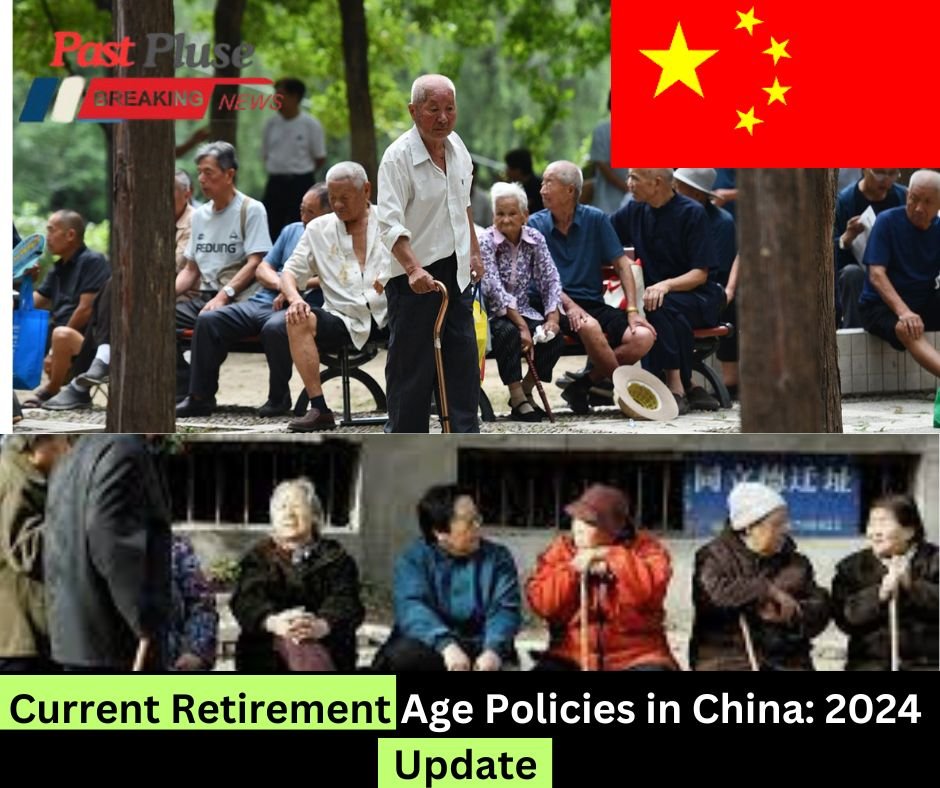Retirement age policies in China have been the subject of much debate and reform in recent years, particularly as the country grapples with an aging population, shrinking workforce, and mounting pressure on its pension system. As of 2024, the Chinese government has taken significant steps to revise the retirement age and update policies to better align with the nation’s evolving demographic and economic landscape. This article explores the latest updates on China’s retirement age policies, the factors driving these changes, and the potential long-term impacts.
Background of China’s Retirement Age
The mandatory retirement age was set decades ago when life expectancy was significantly shorter and the working population was much larger. For decades, men in China retired at the age of 60, while women retired at 55 for white-collar workers and 50 for blue-collar workers. These ages were reflective of the country’s demographic and economic situation in the mid-20th century.
However, in recent years, several critical factors have prompted a reevaluation of this system.At the same time, the country’s birth rate has fallen, and the effects of the one-child policy (officially phased out in 2015) are still being felt. As a result, China is facing a rapidly aging population with fewer working-age people to support the elderly.
The Need for Reform
China’s aging population has created significant challenges for its pension system and labor market. In contrast, the number of elderly citizens is growing, with estimates suggesting that by 2035, about 30% of China’s population will be aged 60 or older.
This demographic shift has placed an enormous strain on the country’s pension system, which operates on a pay-as-you-go model. Under this system, current workers fund the pensions of retirees. However, with fewer workers contributing and more retirees drawing pensions, the system is increasingly unsustainable. The government has been under pressure to find solutions to ensure long-term pension solvency and maintain economic stability.
Additionally, the early retirement age limits China’s ability to fully utilize the experience and expertise of its aging but capable workforce. Many experts have argued that the current retirement age is out of step with modern life expectancies and global trends. For example, in many developed countries, the retirement age is already between 65 and 67, with some nations considering raising it even further.
Key Changes in 2024
Recognizing these challenges, the Chinese government has been working on reforming the retirement age policy. In March 2024, the government announced a phased plan to gradually raise the retirement age, aiming to delay the full implementation of these changes over a period of several decades to minimize the impact on workers and society. The plan is designed to be incremental and flexible, allowing for adjustments based on economic conditions and demographic trends.
- This phased approach allows workers and employers to adjust to the changes without causing major disruptions.
- Unified Retirement Age for Men and Women: Historically, China had different retirement ages for men and women, a policy that has been criticized for reinforcing gender inequality in the workforce. . This move is seen as part of broader efforts to promote gender equality in the workplace.
- Flexible Retirement Options: The 2024 reforms also introduce more flexible retirement options, allowing workers to choose when they retire within a certain age range, depending on their health, financial situation, and personal preferences. This flexibility is intended to accommodate workers in physically demanding jobs, who may need to retire earlier, as well as those in less physically taxing roles, who may wish to continue working longer.
- Incentives for Delayed Retirement: To encourage workers to stay in the workforce longer, the government has introduced financial incentives for those who choose to delay their retirement. These incentives may include higher pension payments or other benefits, aimed at making delayed retirement an attractive option for those who are able to continue working.
Challenges and Concerns
One of the main concerns is the potential impact on younger workers, who may face more competition for jobs as older workers stay in the workforce longer. This could exacerbate an already competitive job market, particularly for college graduates.
Additionally, the reforms may not fully alleviate the financial strain on the pension system, particularly if birth rates remain low and the working-age population continues to shrink. Some experts have suggested that more comprehensive reforms, including changes to the pension system itself, may be needed to ensure its long-term sustainability.
Another concern is the potential impact on workers in physically demanding jobs, such as construction and manufacturing, who may struggle to continue working as they age. While the flexible retirement options introduced in the 2024 reforms provide some relief, there is still uncertainty about how these workers will be supported if they are unable to continue working but do not qualify for early retirement.
Long-Term Implications
The 2024 retirement age reforms mark an important step in addressing China’s demographic challenges. By gradually raising the retirement age and providing more flexible options, the government aims to extend the working lives of its citizens and reduce the pressure on the pension system. However, the full impact of these changes will take decades to materialize, and additional reforms may be needed to address the broader economic and social challenges associated.
Also Read More>..
“Supreme Court Grants Bail to Arvind Kejriwal in Corruption Case: Key Takeaways”

